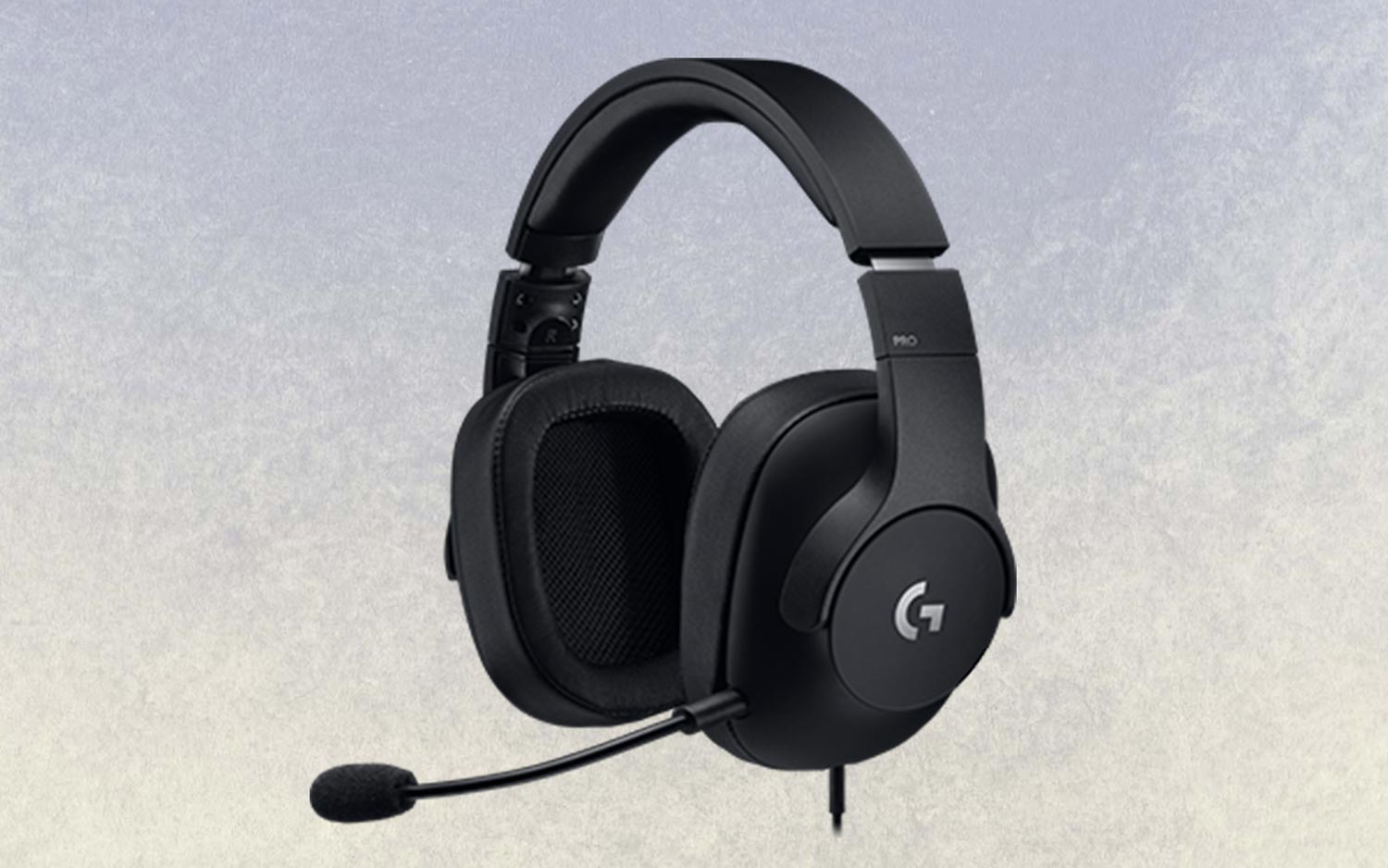Tom's Guide Verdict
Gamers who want a no-nonsense headset that prioritizes competitive multiplayer will find a lot to like in the Logitech G Pro Gaming Headset.
Pros
- +
Great multiplayer performance
- +
Comfortable design
- +
Works with a lot of systems
Cons
- -
Mixed single-player performance
- -
Mic is a bit fuzzy
- -
Music could sound better
Why you can trust Tom's Guide
Logitech's G Pro line of tournament-grade peripherals has generally been good at what it does. The G Pro mouse was sleek and streamlined; the G Pro keyboard was small and stylish. Enter the Logitech G Pro Headset ($90): the last peripheral to complete the trifecta.
The G Pro headset, like the mouse and keyboard, is a comfortable, sensible, portable peripheral that will absolutely get the job done on the competitive esports scene. With a reasonable price tag and a no-nonsense feature set, the G Pro is a worthwhile companion for climbing the ladder in StarCraft or breaking into the Overwatch tournament scene.
The G Pro Gaming Headset isn't perfect. Single-player games and music can sound a little fuzzy, and finding the perfect fit requires a bit of trial and error. Still, gamers who want a basic headset that prioritizes competitive multiplayer will find a lot to like here — and for $10 less than comparable headsets usually cost.
Design
The G Pro is about as sleek and straightforward as gaming headsets come. It's a symmetrical black peripheral with plush over-the-ear cups and a padded headband. There are no aesthetic flourishes, but the overall impression is elegant rather than boring.
The left ear cup has a detachable microphone with a flexible metal body and a foam cover. Although it's not quite as seamless as Logitech's retractable mics, it's a perfectly serviceable addition to the device, and easy to pop on and off as needed. This also means that you can use the G Pro headset when you're out and about — a function for which it's only somewhat well-suited, granted, but the option is nice.
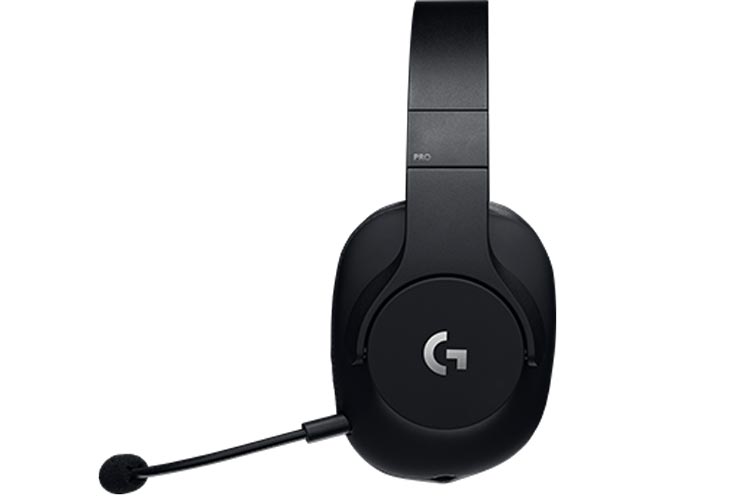
The 3.5 mm audio cable is removable, and comes with a splitter adapter, so the G Pro works equally well with both single- and dual-input headphone and mic jacks. This makes the device easy to transport, which is a big benefit for tournament players. The cable has a mic mute button and a volume control on it — less convenient than ear cup controls, in my experience, but better than having to manipulate everything on your computer.
The G Pro is about as sleek and straightforward as gaming headsets come.
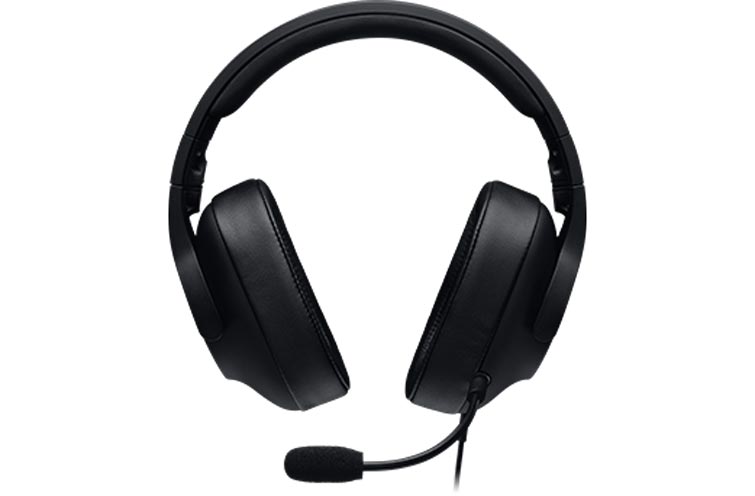
Finally, the G Pro comes with both fabric and leatherette ear cups, both of which feel comfortable — and both of which are an absolute pain to switch between. If you've ever tried to switch ear cup covers on a traditional pair of headphones, you know that it can be a perilous process of trial and error, stretching and unfolding and just generally hoping that nothing tears. Including a choice of covers was probably a good call on Logitech's part, but it's a shame that the company wasn't able to improve on what is still a very difficult process.
Comfort
Between the customizable ear cups and the padded headband, it's easy to find a good fit with the G Pro. You can extend a flexible steel band in the headset to fit around your ears. It's a simpler and more comfortable system than some of the rigid notches that cheaper headsets use. I was able to wear the G Pro for hours on end, even with glasses, with no ill effect.
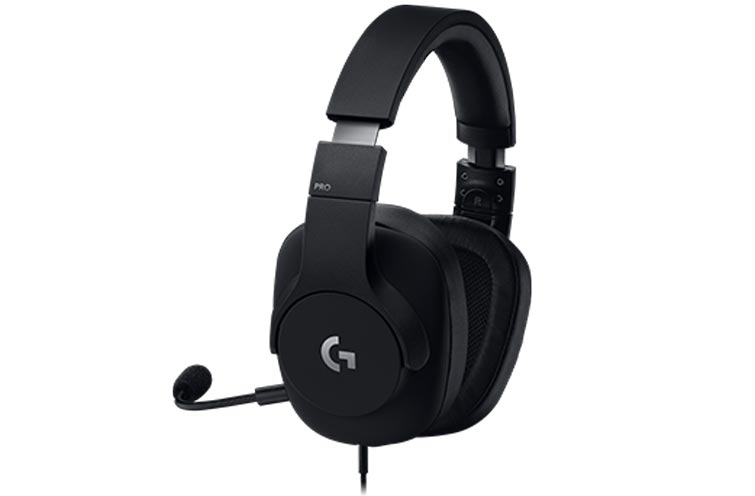
I handed the headset to a co-worker, who was reasonably pleased with it. However, he found the headband tight, even when he extended the steel band underneath to get a good fit over his ears. It wasn't enough to be a deal-breaker, but he said he probably wouldn't want to wear the headset for more than about an hour at a time. If you have a particularly tall or wide head, consider yourself warned.
Gaming Performance
The G Pro excels when it comes to competitive multiplayer games; it has a more mixed record when it comes to immersion-based single-player adventures. I put the G Pro through its paces with Overwatch, StarCraft: Remastered, Final Fantasy XV and World of Warcraft on PC, as well as a handful of titles on mobile and PS4. (One of the advantages of a 3.5 mm headset is that it plays nicely with both consoles and smartphones.)
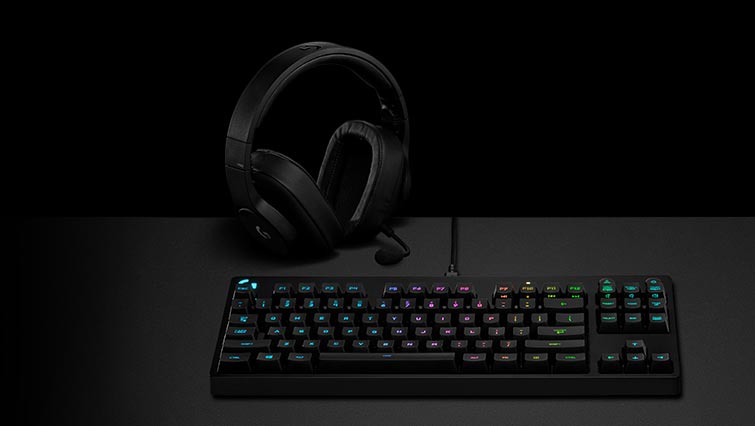
If your primary interest in the G Pro is to help your competitive multiplayer stats, it may be able to do just that. Overwatch in particular was a joy to play, as I heard all of my enemies loud and clear as I sprinted around the map as Soldier 76, turning to fire at enemies before they could do the same to me. (Sometimes, anyway. But when I died, at least I knew where my killer came from.)
MORE: The Best Headsets for Immersive Gaming
Gameplay in StarCraft: Remastered was similarly easy to follow, with the headset reproducing faithful gunfire, alien battle cries and explosions. Directional sound isn't too much of a consideration in an RTS or MOBA title, but the clear sound effects helped me focus on what was coming from where, and how big of a threat it was.
On the other hand, the G Pro didn't deliver the same level of fidelity for dialogue and music. In Final Fantasy XV, the inspired banter between Noctis and his friends sounded flat, and didn't stand out in any way from the ambient music and sound effects. Likewise, the music had a homogenous quality to it that didn't really highlight any particular instrument or sound range.
The G Pro excels when it comes to competitive multiplayer games; it has a more mixed record when it comes to immersion-based single-player adventures.
The general uniformity of sound effects, voice work and music persisted in single-input systems, such as the PS4 controller and my mobile phone, as well. Everything was clear and audible, to be fair — but there was no real nuance. And nuanced sound can be the difference between investing fully in a game's story, and fiddling on your phone during the cutscenes.
Features
Since the G Pro is a 3.5 mm headset, there aren't many extra features to speak of. The microphone is probably the most important one. I've already discussed its overall design — which is very good — and its performance is about what you'd expect for the price.
I recorded my voice with the G Pro and used it to correspond with co-workers on video chat software. My words came through audibly, and at a reasonable volume. However, there was always a slight buzz in the background, lending a bit of a fuzzy quality to whatever I was saying. The interference was by no means detrimental to understanding what I had to say, but it was noticeable. It's not too distracting in the midst of a heated multiplayer match, but you might want to invest in a separate mic if you're guest-starring on a podcast sometime soon.
Music Performance
Thanks to the G Pro's compact design and 3.5 mm connectivity, it's quite easy to take with you, whether you're flying on a plane, riding in a subway car or just hanging out at a local coffee shop. It's somewhat disappointing, then, that music doesn't sound that great on this peripheral.
Like in-game music, regular music sounded (no pun intended) one-note. The mids and highs were fairly well balanced, but there was almost nothing in the low range, making it difficult to follow pieces with a strong bass part. (This wasn't just a problem for hip-hop; the bass in Old Crow Medicine Show's bluegrass tunes was hard to make out, as were the bass choir parts in Handel's "Messiah.")
MORE: Best Headphones and Earbuds for Enjoying Music
I contacted Logitech to learn more about the G Pro's audio capabilities. One of the engineers at the company told me that subjective music performance is always hard to gauge, especially on gaming headsets. The components inside the G Pro make it possible to stand shoulder-to-shoulder with dedicated audiophile headphones, however, so it may be dependent on the listener's preferences.
Still, I can only speak to my own experience, which was that whatever I listened to — from The Rolling Stones, to Flogging Molly, to Makem & Spain, all sounded workmanlike. I could absolutely live with the G Pro as a set of everyday music headphones, but I'd be a little disappointed if I spent $90 on them for that reason alone.
Bottom Line
The G Pro is a good headset that accomplishes what it sets out to do. Whether it's a great headset largely depends on what you need it for. If you want something relatively inexpensive but extremely functional for the multiplayer, tournament or esports scene, the G Pro is one of the better options on the market. If you were hoping for an all-purpose headset to enhance your single-player adventures, though, the HyperX Cloud Alpha ($100) or the SteelSeries Arctis 3 ($80) might be better options.
Credit: Logitech
Marshall Honorof is a senior editor for Tom's Guide, overseeing the site's coverage of gaming hardware and software. He comes from a science writing background, having studied paleomammalogy, biological anthropology, and the history of science and technology. After hours, you can find him practicing taekwondo or doing deep dives on classic sci-fi.
